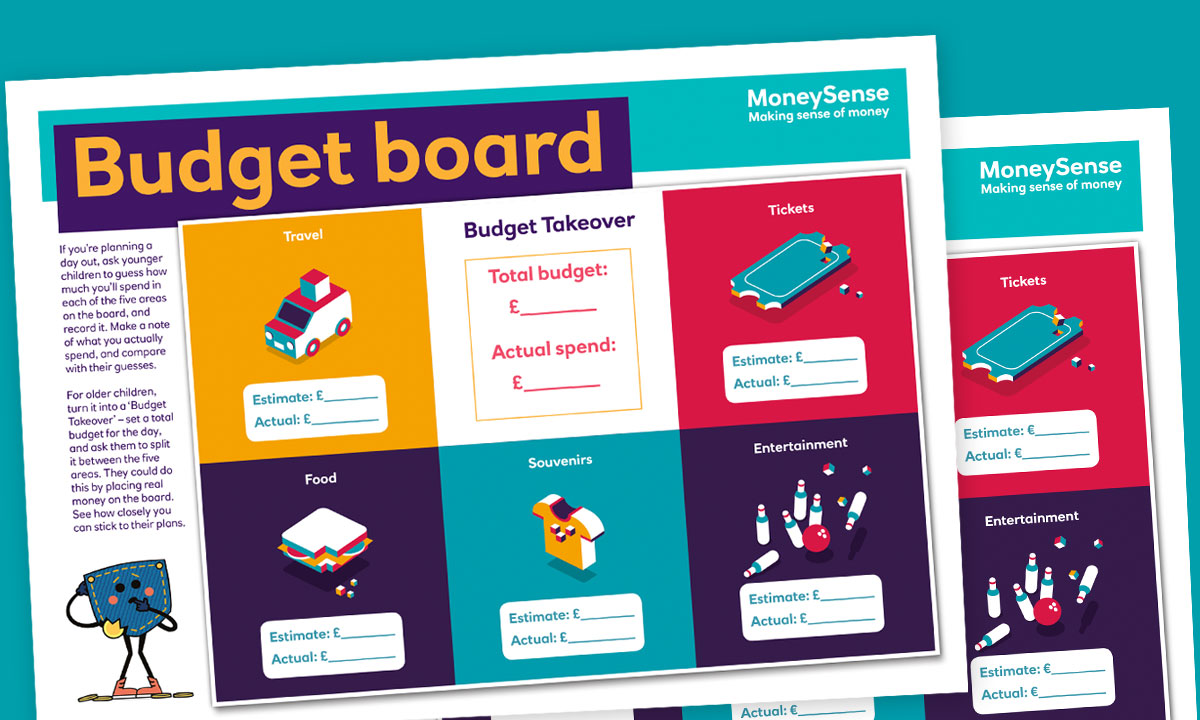Creative ways to teach money skills at home
Encouraging young people to learn about money is child’s play with these fun games.
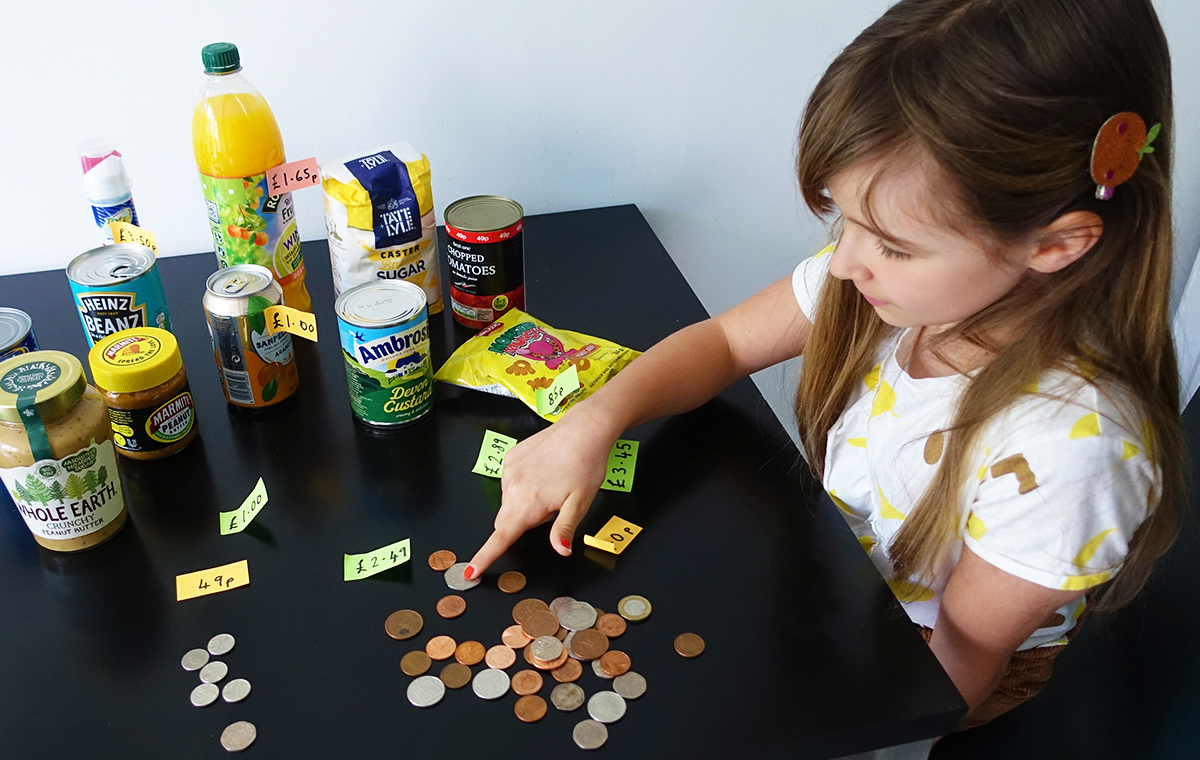
Research has shown that play-based learning can improve children’s academic and developmental progress – so how can you bring lessons about money into your home without it feeling like homework? Here are five simple ways to make learning about money fun for your children.
Tuck shop time (5-8 year-olds)
As any parent knows, time spent at home is almost guaranteed to be accompanied by many and frequent requests for snacks – but even this can be turned into a fun, and fruitful, money lesson. Take inspiration from parents up and down the UK already using the idea of home tuck shop. With your child, draw a fun and colourful menu on a sheet of paper showing the snacks on offer and their cost, and give your child a daily allowance of £1 to ‘spend’ on snacks from the menu. Label each item with a different price, so that your child starts to weigh up the monetary implications of their decisions – for example, crisps could be more expensive than fruit – to help encourage a healthy balance to their diet. Best of all, they are actively and willingly learning money skills including spending, saving, reasoning and balancing wants versus needs.
Make some money millipedes (5-8 year-olds)
Whether your children are avid animal fans or not, adding up money millipedes is a fun way to encourage them to practise counting coins and working out total amounts. Give your children a handful of small change (or some toy coins if you have them) and some paper and coloured pencils. Ask them to draw around the coins in rows of up to six coins, writing their values in each coin and colouring in their creatures to create some bright and colourful designs. Now, ask your child to add up the coins that make up each millipede’s body, to find each creature’s monetary value. Which millipede is most expensive? Is that because it has the most coins, or because it has fewer coins of higher value?
The price is right (5-8 year-olds)
Calculating costs is an essential part of learning about money, and this simple game helps children do just that. Write out a series of prices on some pieces of paper or post-it notes and spread them across a table – to take it further you could collect items from around the house that you add the price tag to. Using real coins, pretend cash or even Monopoly money (if you have it), challenge your child to assign the correct amount to each price listing. Next, ask them to see if there is another series of coins or notes that would add up to the same amount. Then, add some extra details to a few of the price listings, such as a half price logo or a 2 for the price of 1 offer. Ask them to recalculate the new price and adjust the piles of money accordingly.
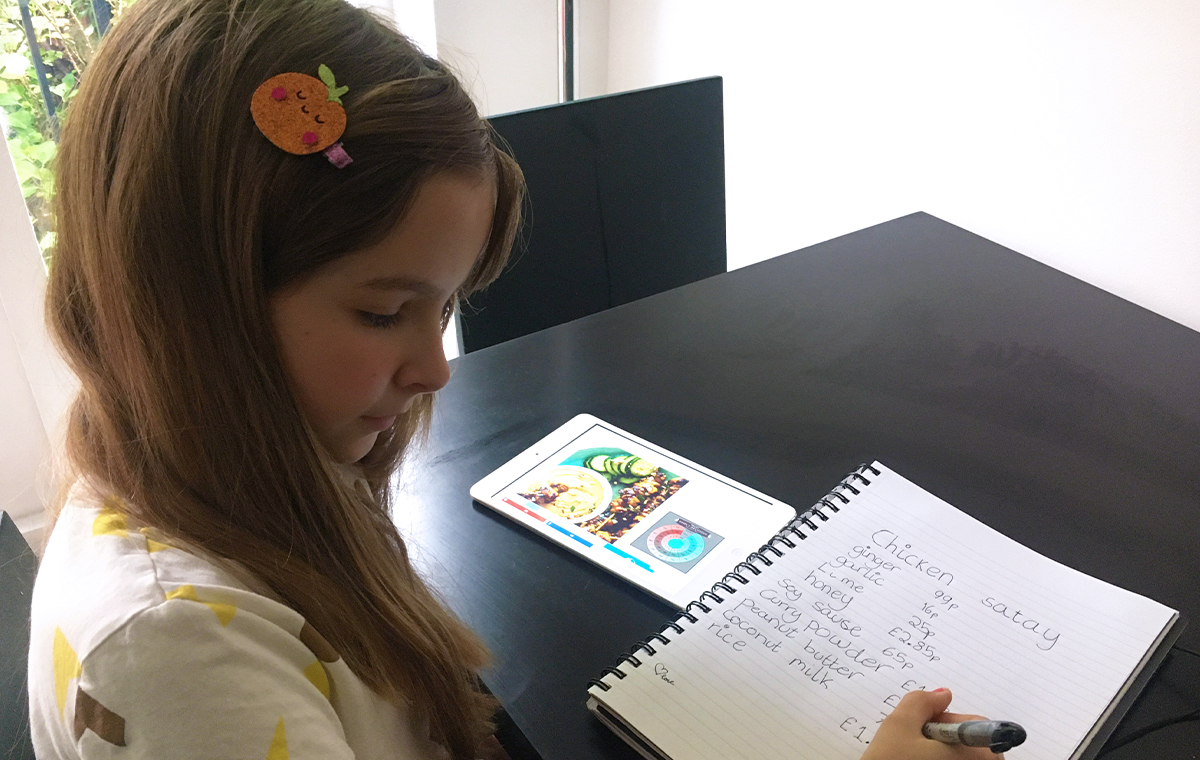
Make a meal of it (8-12 year-olds)
Most primary school-aged children will understand that groceries cost money, but one way to keep them entertained at home while also gaining a better understanding of value is to get them involved in planning, buying and making a family meal. Agree a budget and ask them to decide what they’d like to make for a special family meal. Ask them to research the cost of the ingredients they’ll need using online supermarkets – you will probably need to lend a hand to help them research the best value by encouraging them to investigate the cost savings between big-name brands versus own-brand items, as well as special offers such as Buy 1 get 1 free. Once the ingredients are bought, cook the meal together, and afterwards challenge them to work out the total cost per portion. Were there leftover ingredients? How could they be used, and how does that affect the cost overall?

Not sure where to start when it comes to teaching your child at home? We teamed up with a homeschooling expert and child psychologist to get their top tips in our Homeschooling article.
PC Pound and the money detectives (8-12 year-olds)
Set your children the task of investigating a money mystery! PC Pound has spent his weekly wage – but can’t remember what on. Write down the amount that PC Pound was paid (£30), and then stick post-it notes on items around the house showing how much they would cost on a weekly basis. They can include everything from the milk in the fridge (£1.10) to the electricity that powers the TV (£1.68) and the water from the shower (£1.75). Make sure there are lots of costs for them to hunt down (they should exceed PC Pound’s weekly budget!), and then task your money detectives to add up what PC Pound spent his money on. Once they have solved the puzzle, ask them: what ways could PC Pound have saved money? Are there ways in which he could also have been more environmentally friendly, such as not leaving the TV on standby or taking shorter showers?
For more fun ways to teach your children about money, explore the worksheets and online games available through the MoneySense activity finder.
Find out about all the latest MoneySense articles for parents by following us on Facebook
Related activities
Want your child to find out more for themselves? Here are some activities to share with them.
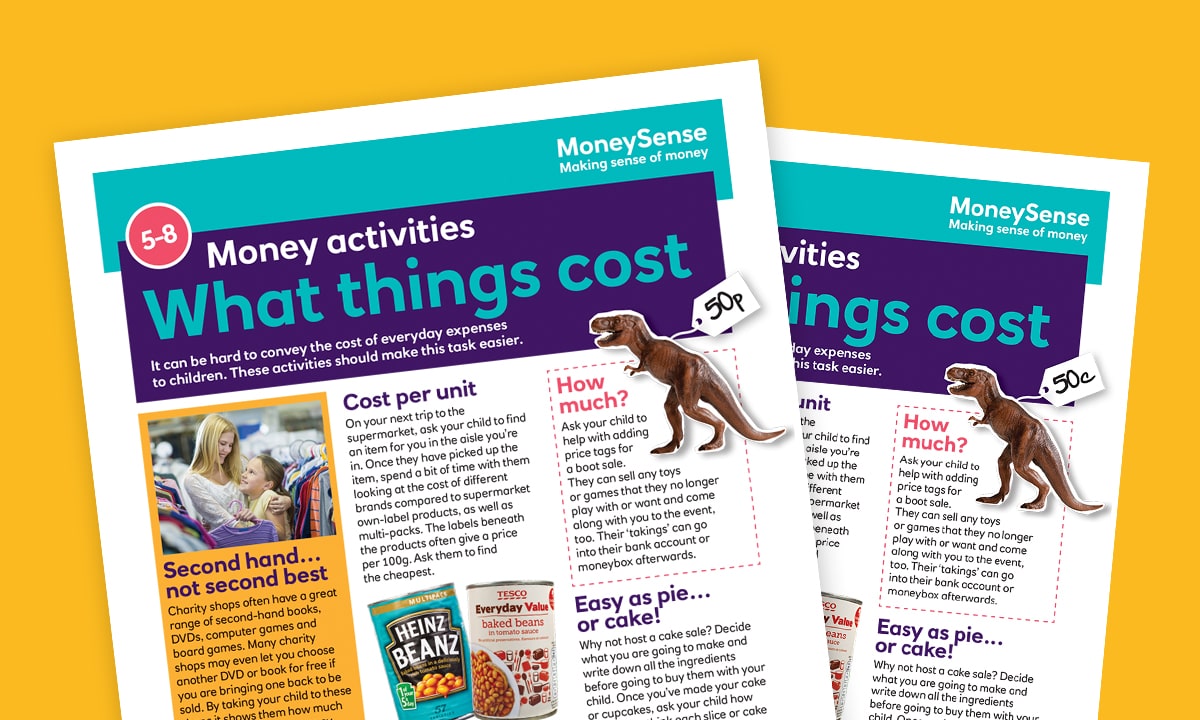
 Activities:
Activities: 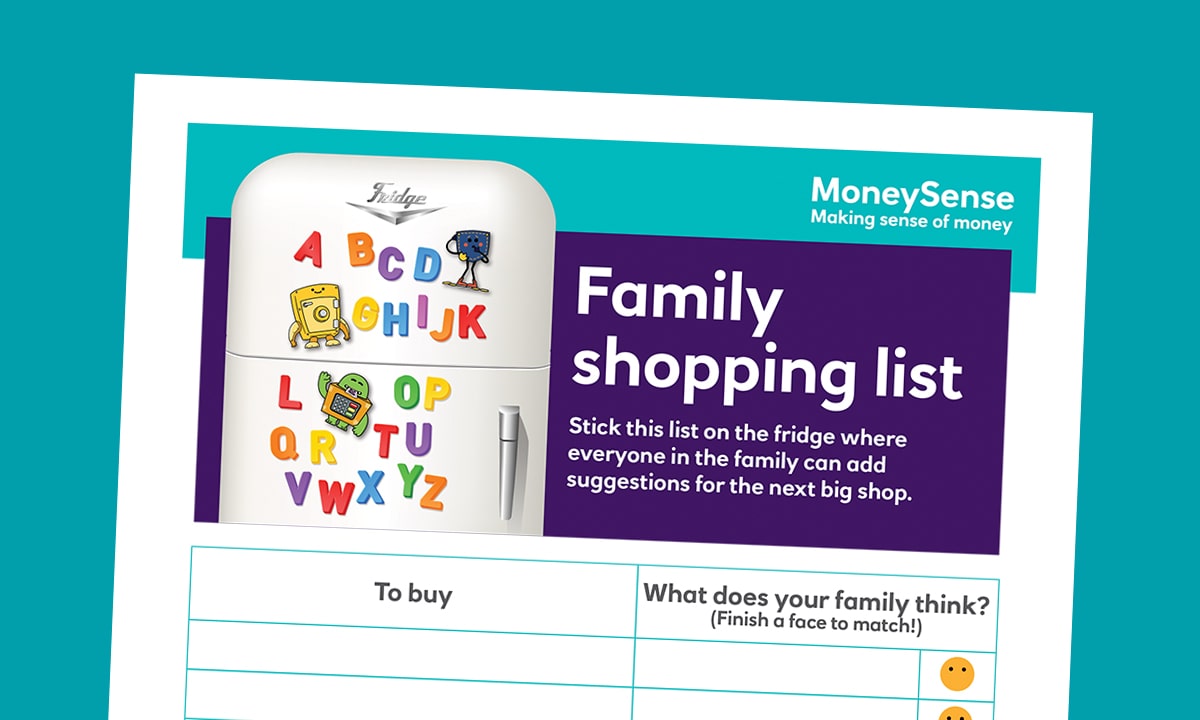
 Poster:
Poster: 